How to Mix Concrete in 3 Tools [Bucket,Mixer,Wheelbarrow]
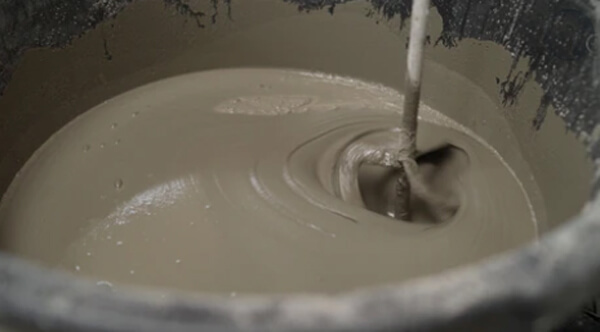
To create concrete of an appropriate grade, the ingredients of concrete, such as cement, sand, aggregate, water, and additives, are mixed together in a concrete mixer.
In order to produce the various grades of concrete and reach the design strength of concrete, the concrete components must be appropriately mixed in accordance with the concrete mix design.
Concrete mixing is an extremely difficult operation. We simply need to combine the elements according to a specified procedure to produce concrete of high quality. Making concrete is just not enough, but producing high-quality concrete is crucial.
The same materials are used in the production of high and low quality concrete, but the ratio and mixing technique might make a difference. To produce high-quality concrete, proper attention and knowledge are needed.
For the creation of homogenous concrete, the components must be properly and thoroughly mixed. The mixing procedure makes sure that the concrete is homogeneous, consistent, and has a single color.
In this article, we will discuss three different ways of mixing concrete:
- Mix concrete in a bucket
- Mix concrete in a mixer
- Mix concrete in a wheelbarrow
Contents
Mix Concrete in a Bucket
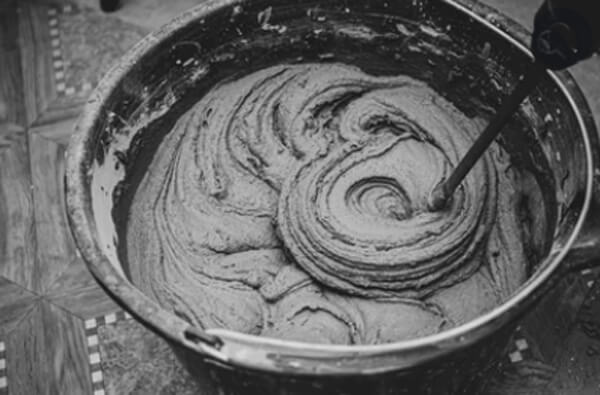
This method of mixing works best for modest jobs requiring 30 pounds or less of concrete, like stepping stones or a concrete planter. To do mixing of concrete in bucket, you’ll require:
- A utility tub or bucket made of plastic (5-gallon capacity or larger)
- Margin trowel or a paddle mixer accessory for a power drill (optional)
- Empty gallon milk jug or measuring jug (not required, but these are handy tools for measuring and dispensing water)
How to mix concrete in bucket
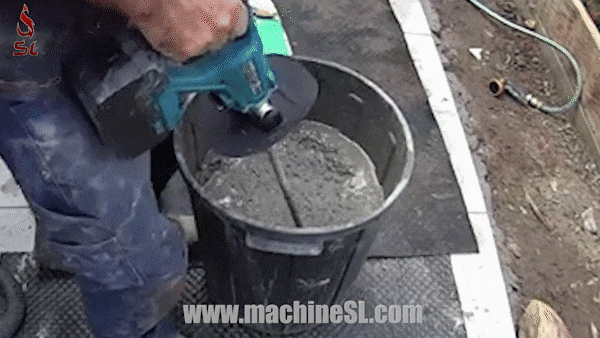
- Pour the necessary quantity of bagged mix into the bucket.
- Create a depression in the center of the mix, and then slowly pour in roughly three-quarters of the water specified on the package.
- Remember to alter the amount of water if you don’t need to use the entire bag.
- Use a trowel or paddle mixer to slowly mix the material, adding more water as necessary.
- Only add the amount of water required to achieve a workable consistency since the less water you use, the stronger the concrete will be.
Mix Concrete in a Mixer
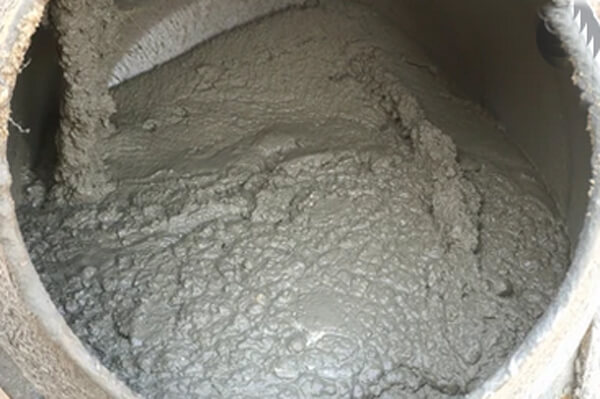
This method of mixing works best for larger jobs, like a small patio or walkway, that call for numerous bags of mix. To do the mixing of concrete in the mixer, you’ll require:
- Portable mortar or concrete drum mixer
- Wheelbarrow for moving the prepared concrete to the job site
It is also sometimes termed a tilting mixer. Two types of tilting mixers are available. One is hand fed, in which the mixer is physically supplied with all of the ingredients for creating concrete. Steel pans are used to pour the components into the rotating drum.
The second approach, known as loader feeding, entails fastening a loader to the rotating drum. The material is mechanically emptied into the drum once all of the concrete components have been loaded into the loader and the lever has been raised.
How to mix concrete in a mixer
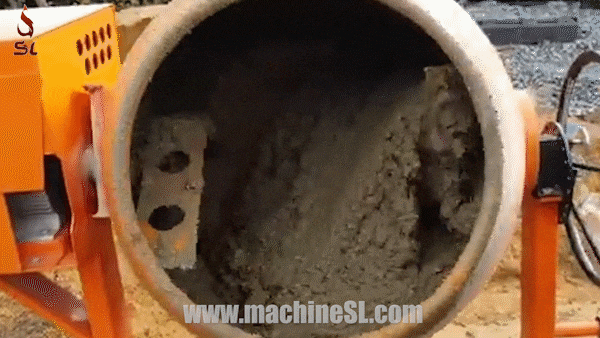
- Add approximately three-quarters of the water recommended on the packaging to the drum along with the quantity of bags of mix you intend to use.
- Once the components are incorporated, start the mixer, and continue mixing while gradually adding the remaining water as needed to reach the desired consistency.
- Use just enough water to get the mixture to flow smoothly out of the drum without adding more than that.
- Be careful not to overfill the mixer.
- For each 80-pound bag of concrete mix, you’ll need a mixer with a minimum capacity of 1 cubic foot.
Usually, you will have the best quality mixing from a concrete mixer. It again depends on the mixing time.
Mixing time of concrete in concrete mixer
Typically, the mixer is made to spin at a rate of 15 to 20 revolutions per minute. In a well-designed mixer, it is observed that between 25 and 30 revolutions are needed for properly mixed concrete. On a building site, the typical inclination is to shorten the mixing time for concrete to produce it more quickly.
As a result, the concrete is of poor quality. In terms of the pace of concrete output and fuel consumption, running the mixer for an extended period of time is uneconomical. As a result, the amount of time spent mixing concrete in the mixer is crucial for the best results.
With an increase in mixing time, concrete will become better in terms of compressive strength. The compressive strength does not significantly improve if mixing takes longer than two minutes.
In general, a mixer’s capacity affects how long it takes to mix. The mixing process takes between 1 and 2 minutes in the drum. The amount of mixing time increases with the size or capacity of the drum. However, the mixer can effectively mix in between 15 and 30 seconds for generating ready-mix concrete.
Mix Concrete in a Wheelbarrow
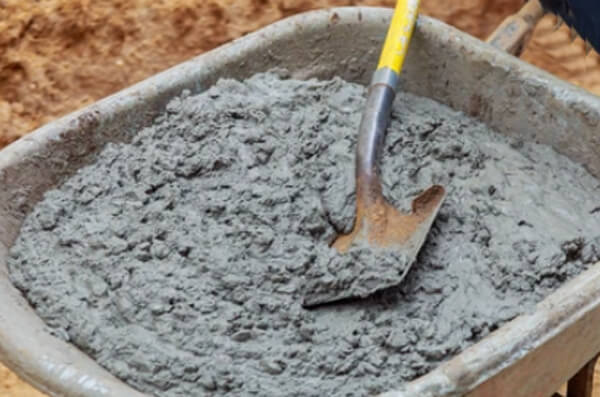
This method of mixing works best for projects that demand 60 to 80 pounds of concrete, like a fire bowl or countertop. To do the mixing of concrete in a wheelbarrow, you’ll require:
- Garden hoe or flat shovel
- A wheelbarrow
- The spray nozzle on a hose
How to mix concrete in a wheelbarrow
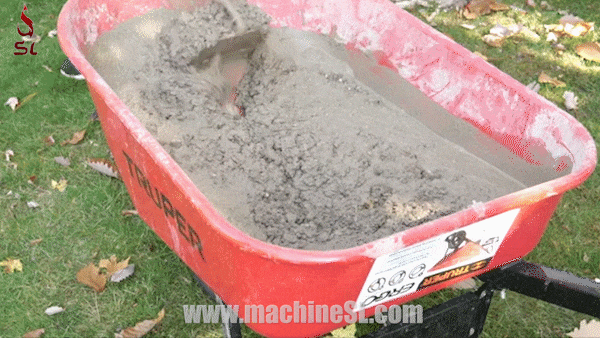
Mixing concrete in a wheelbarrow has the same process as mixing concrete as in a bucket. If you do not have a bucket or wheelbarrow with you, you can also do a hand mixing of concrete.
If you do not have a bucket or wheelbarrow
Typically, hand mixing of concrete is needed for small building or maintenance projects. The hand-mixing method of concrete is employed since the amount of concrete required for minor building projects is modest and using a machine mixing method would not be cost-effective.
Depending on the situation, hand mixing can be done on an impermeable surface or a sizable flat iron tray (concrete mixing tubs).
The floor or tray is first covered with alternating layers of coarse and fine aggregate that are applied in the specified ratios. Then the cement is added on top, and the components are dry-mixed using a shovel until the color is even.
Since dry combining is more effective and takes less human strength, it is done first. After the water is introduced, mixing concrete gets more challenging. Water is then sprayed on top of the mixture after it has been spread out to a 200 mm thickness. To achieve consistent color, the mixture is repeatedly turned over.
Due to the limitations of hand mixing, it is desirable to add extra cement (10%) to make up for the potential inferiority of the concrete produced by this technique. Steel pans are used to spread the concrete mixture once it has reached the required consistency.
Conclusion
The concrete components must be properly mixed in line with the concrete mix design in order to create different grades of concrete and achieve the design strength of concrete. Concrete mixing is a really challenging task. We’ve covered three alternative approaches to mixing concrete in this post.
For minor projects requiring 30 pounds or less of concrete, such as stepping stones or a concrete planter, mixing concrete in a bucket works well. A concrete mixer is needed for larger projects, like a small patio or sidewalk, which require many bags of mix.
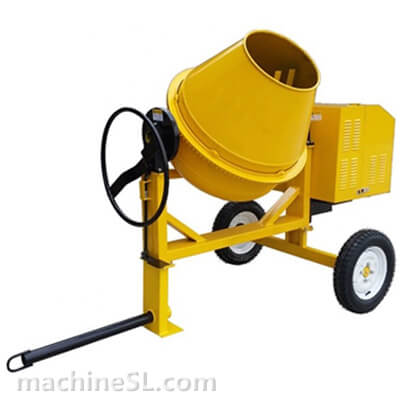
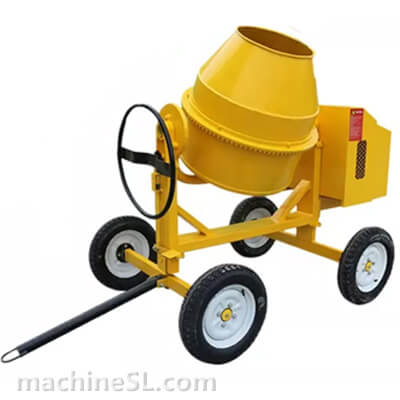
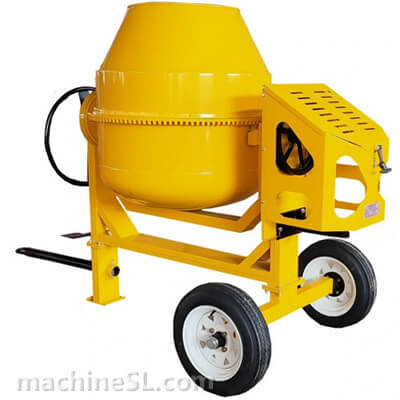
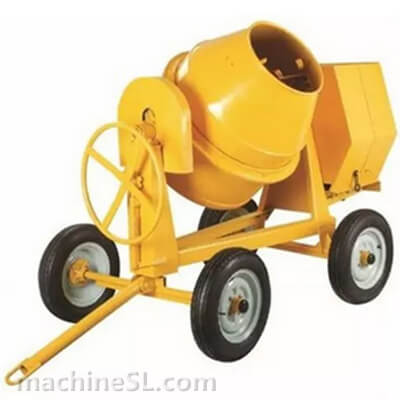
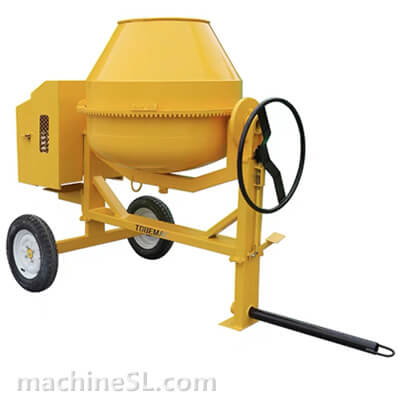
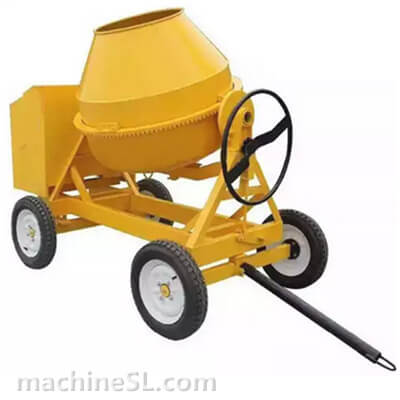
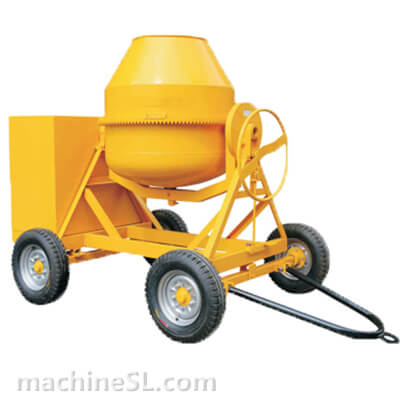
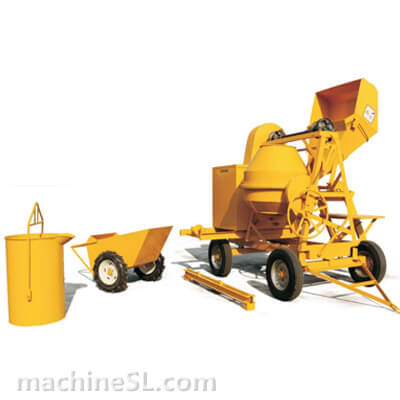
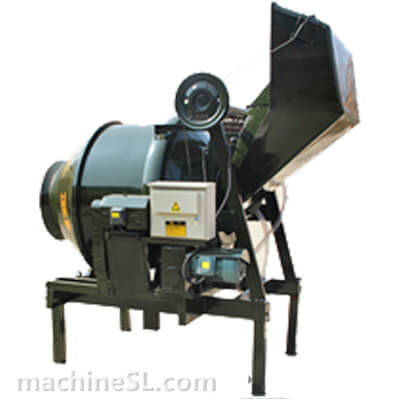
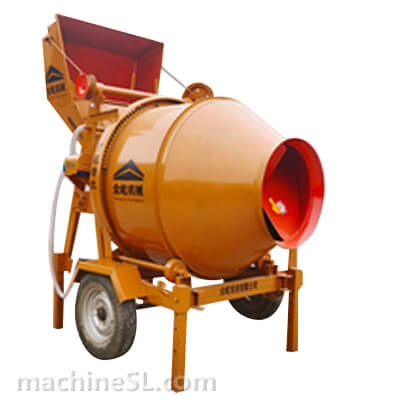
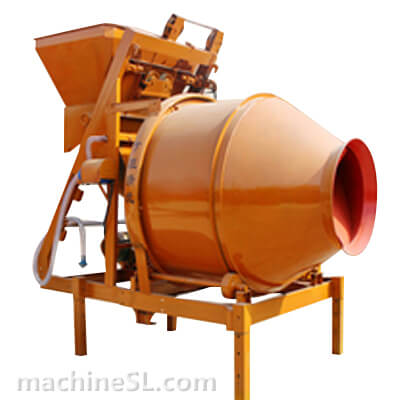
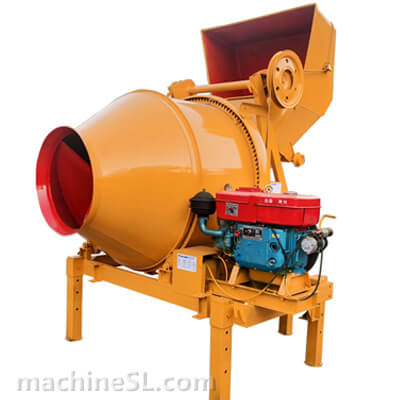
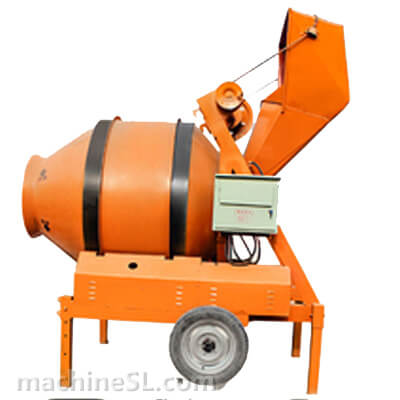
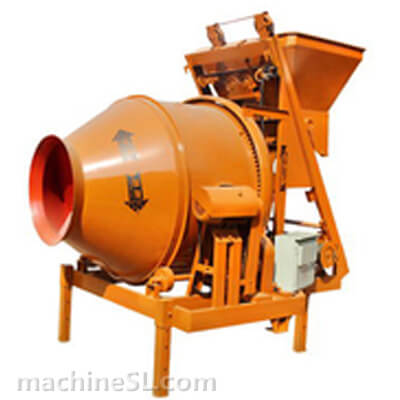
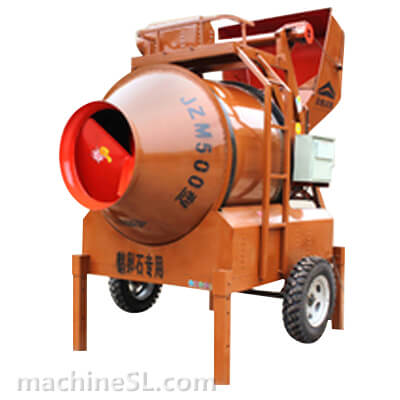
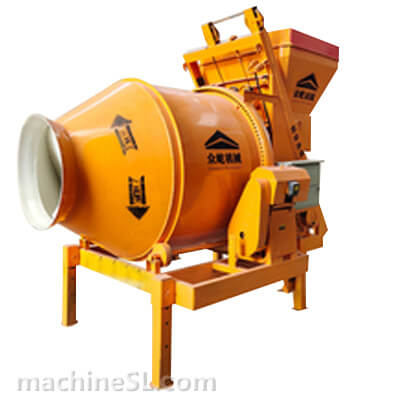
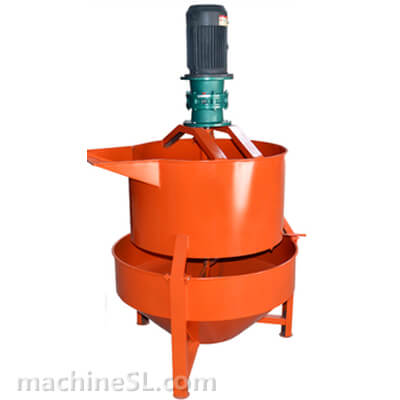
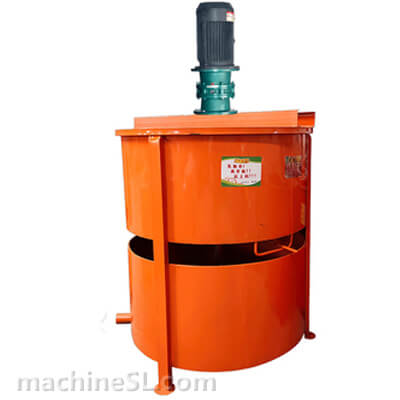
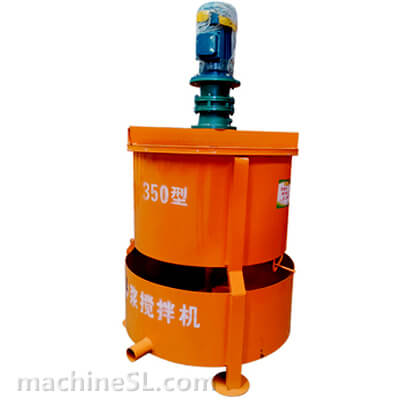
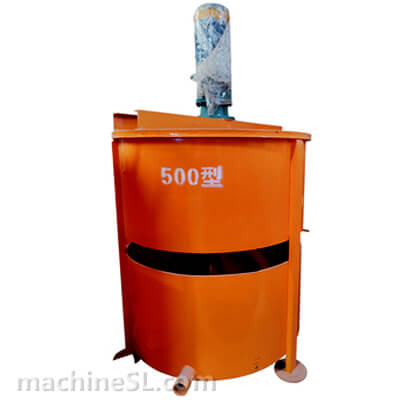
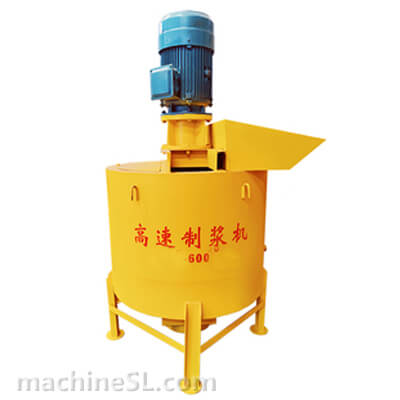
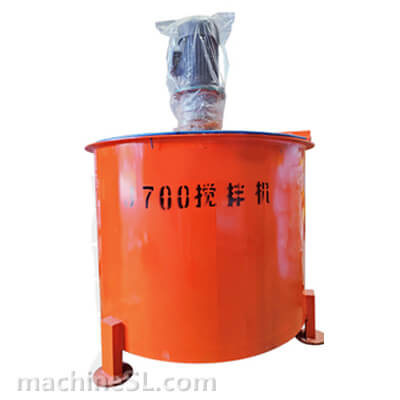
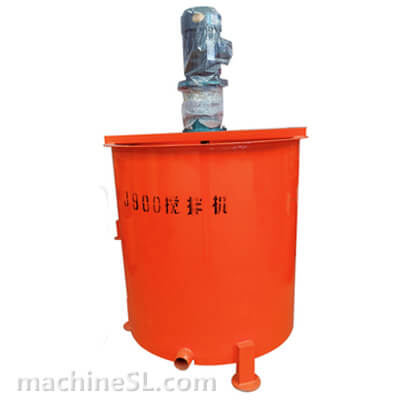
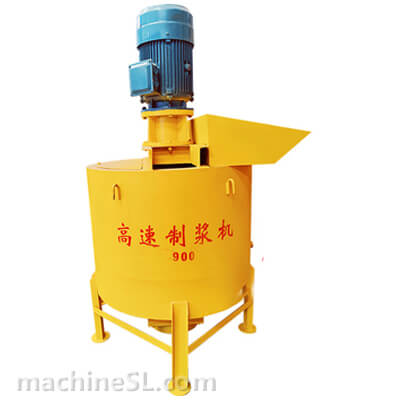
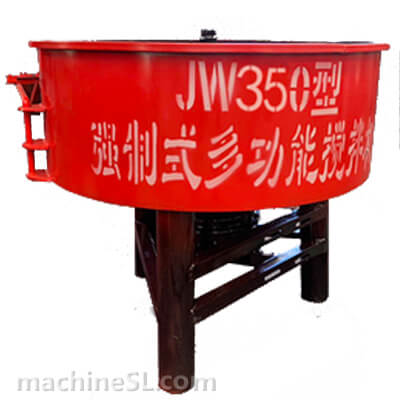
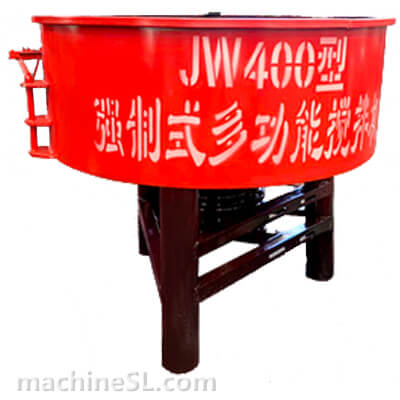
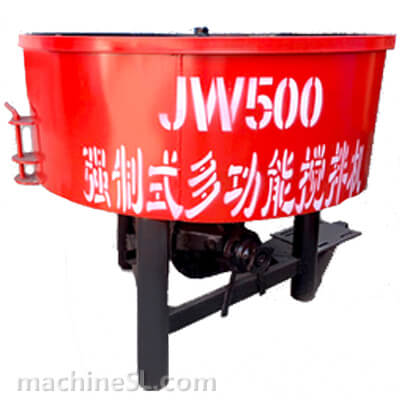
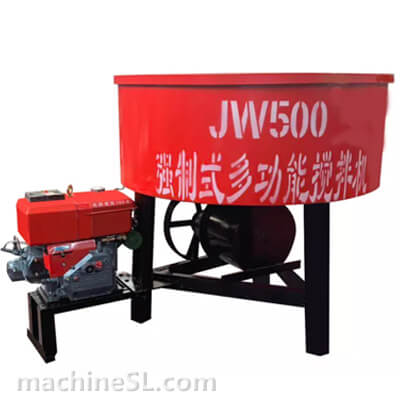
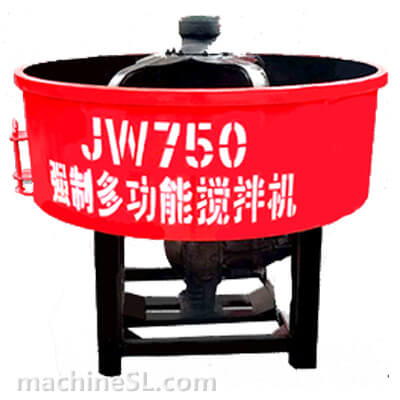
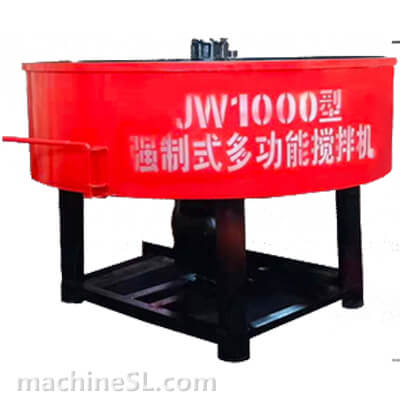
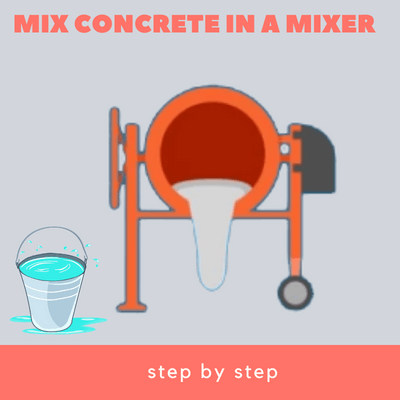
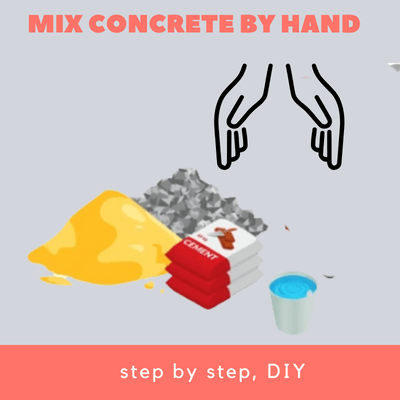
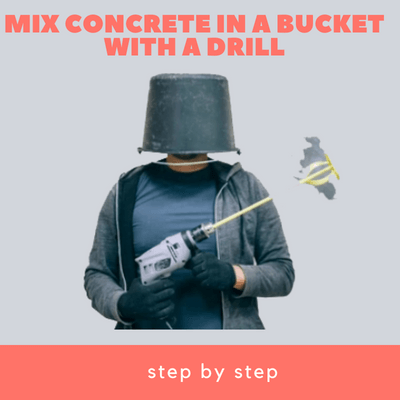
Leave A Comment